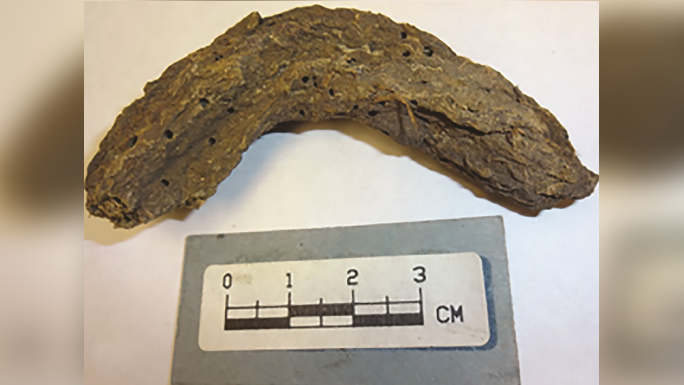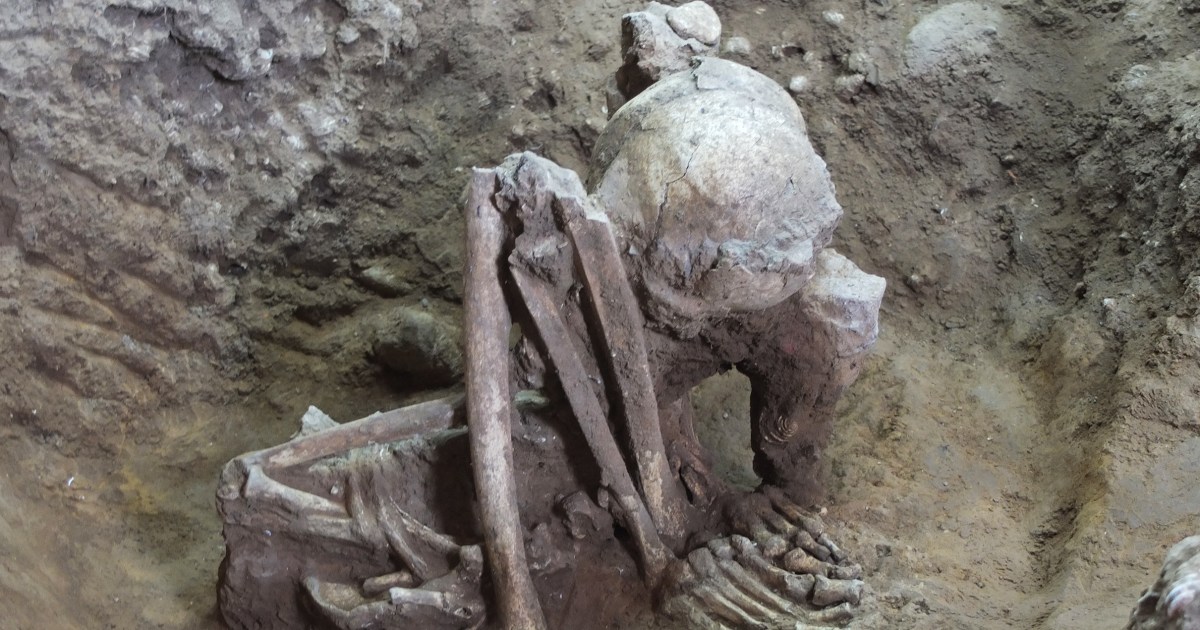Ancient Poop Sheds Light on Prehistoric Health: 1,300-Year-Old Pathogens in Mexican Feces

Ancient Poop Sheds Light on Prehistoric Health
Researchers studying 1,300-year-old fecal samples from Mexico's "Cave of the Dead Children" have uncovered evidence of widespread intestinal diseases among ancient inhabitants. These samples, preserved by the region's dry climate, belonged to the Loma San Gabriel people and reveal a diverse array of gut parasites and pathogens, including protozoan Blastocystis, various strains of E. coli, and notably prevalent pinworms.
Innovative Techniques Reveal Hidden Pathogens
Unlike traditional DNA sequencing, the team employed sensitive qPCR assays that target specific genes of enteric pathogens, allowing detection of microbes present in low concentrations. This method enhanced the identification of human-specific parasites like pinworm and Shigella, confirming the feces’ human origin and providing a clearer picture of ancient intestinal infections.
Implications for Understanding Ancient Disease
This groundbreaking analysis not only reconstructs the health challenges faced by prehistoric Mexican populations but also demonstrates the potential of modern molecular tools in archaeology. By revealing the pathogens that afflicted ancient communities, scientists can better understand the evolution and spread of intestinal diseases over time.






